Canada Imposes 5% Levy on Foreign Streaming Services

A new rule issued by the Canadian Radio-television and Telecommunications Commission (CRTC) mandates that major streaming services like Netflix, Spotify, and Amazon Prime make monetary contributions to Canadian content. Companies that bring in more than CAD $25 million a year in Canadian revenue and are not affiliated with a Canadian broadcaster will have to pay a 5% fee as of September 1, 2024.
The money raised from this levy will be used to support local radio and television news, French-language programming, Indigenous-led productions, and content created by and for Canadians of all backgrounds, official language minority groups, and equity-deserving communities. An estimated CAD $200 million will be generated annually by the initiative.
This action is in line with global initiatives to guarantee that international platforms spend money on domestic programming. For example, France enacted legislation in 2021 mandating that streaming services contribute 25% of their domestic earnings to the development of domestic productions.
This conversation is the result of a regulatory consultation that looked into how streaming services could help Indigenous and Canadian content producers. Netflix voiced concerns in their feedback that the proposed requirements might impose unjust obligations. The business contended that it might be viewed as discriminatory to require contributions to legacy funding programs, particularly those from which they would not profit. Additionally, Netflix stressed that these regulations might ignore the investments it already makes in Canadian productions.
In order to prevent double-charging, Netflix and Amazon both recommended that if a monetary contribution is required, it should take into consideration their current expenditures on Canadian content.
Similar worries were expressed by other streaming services. For instance, according to Paramount Global, imposing a general levy could make direct funding for Canadian programming less effective. They claim that it might take money away from direct production efforts and put it into more conventional funding sources that might not be as effective at fostering the modern creative environment.
